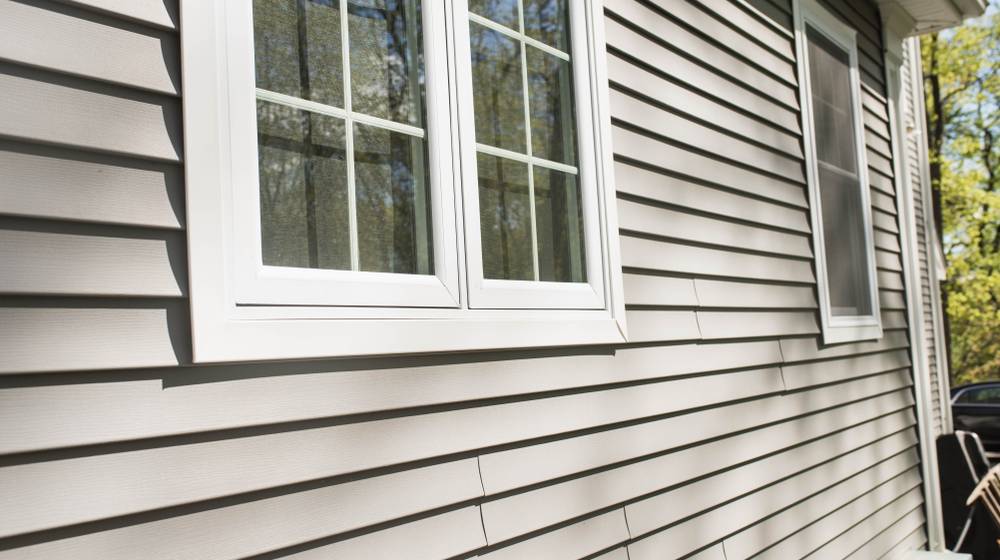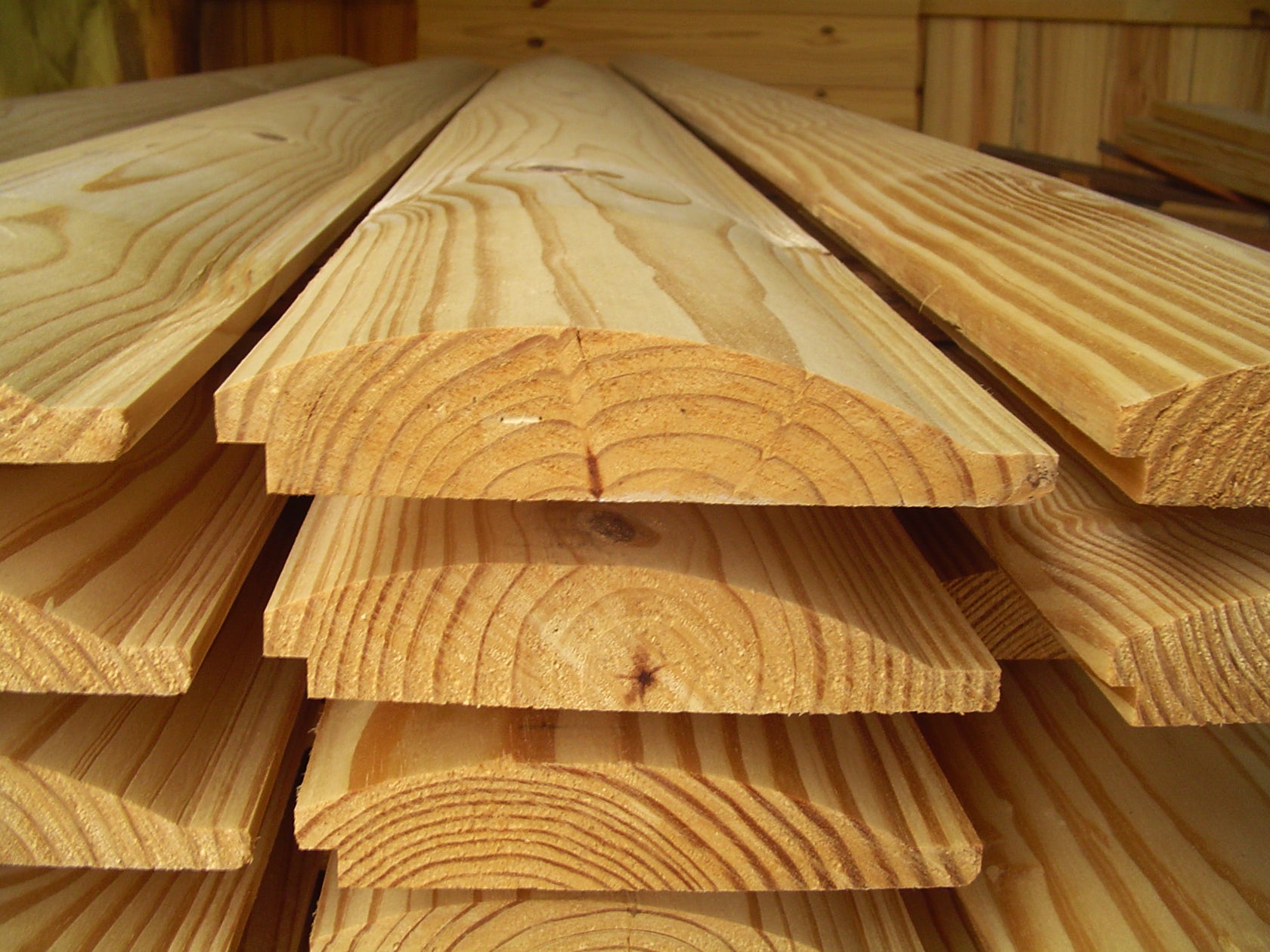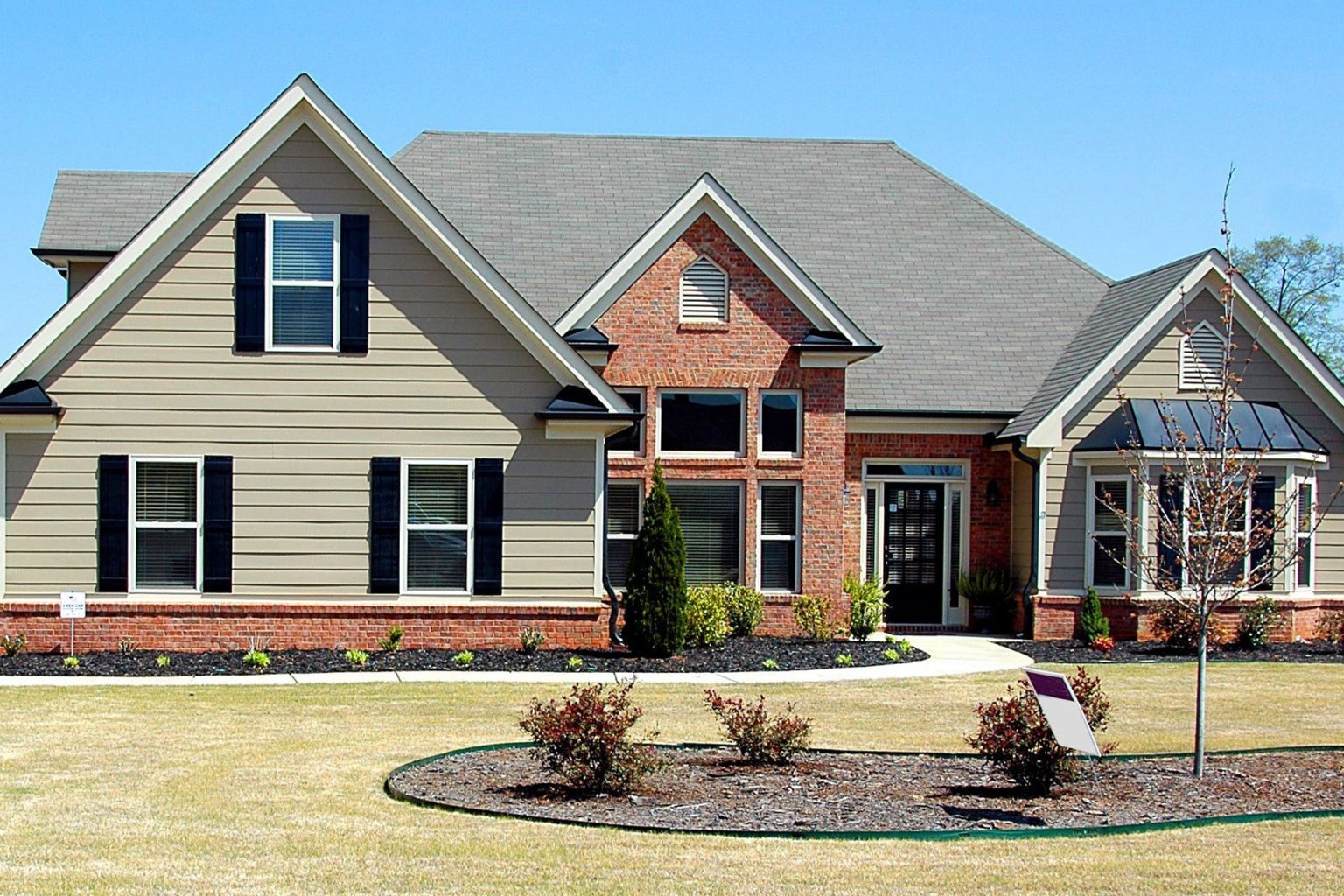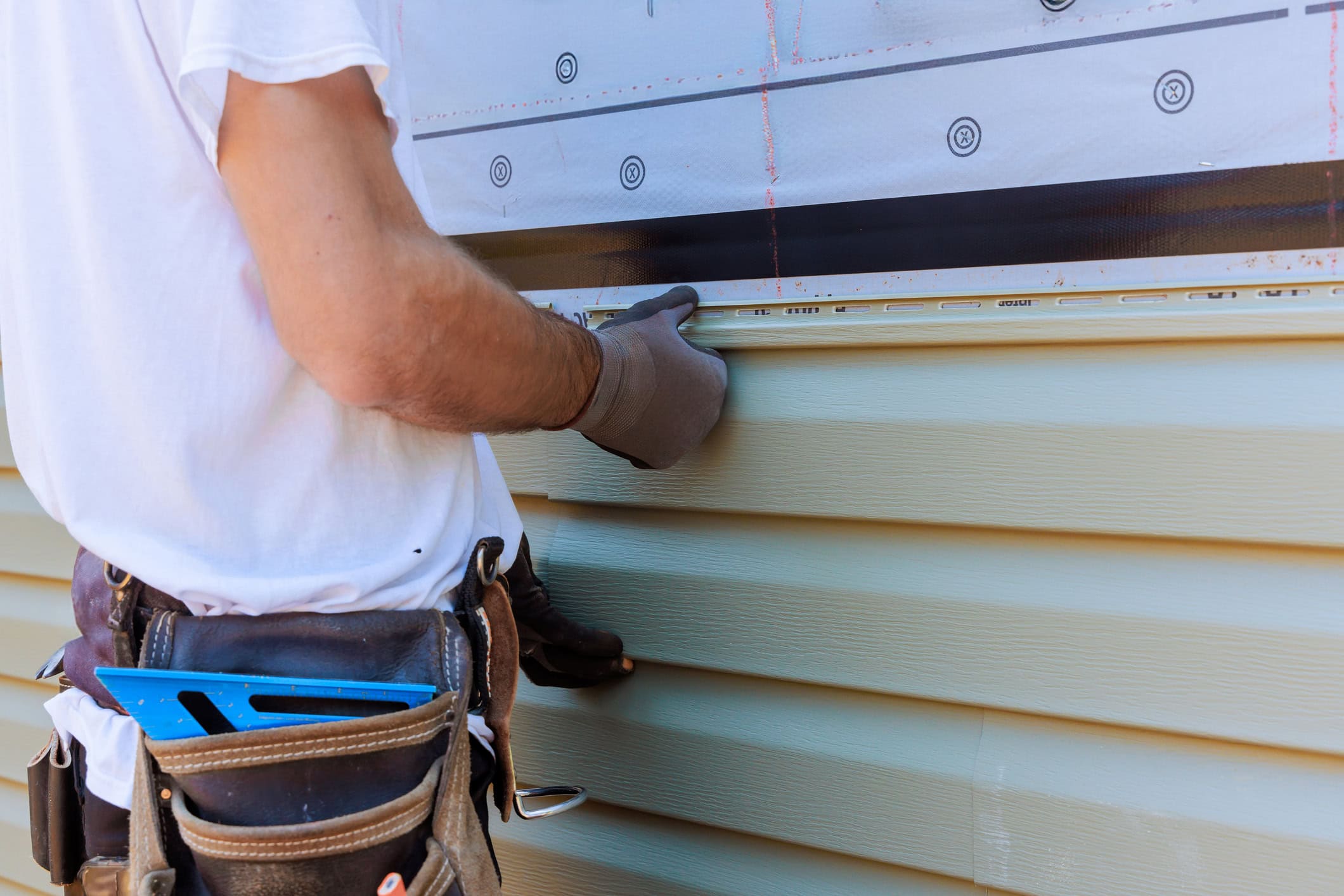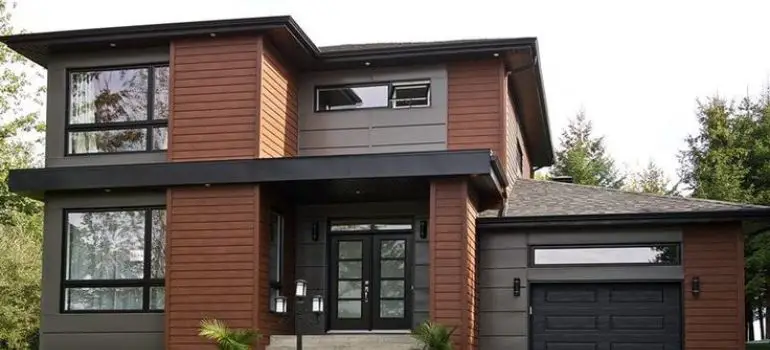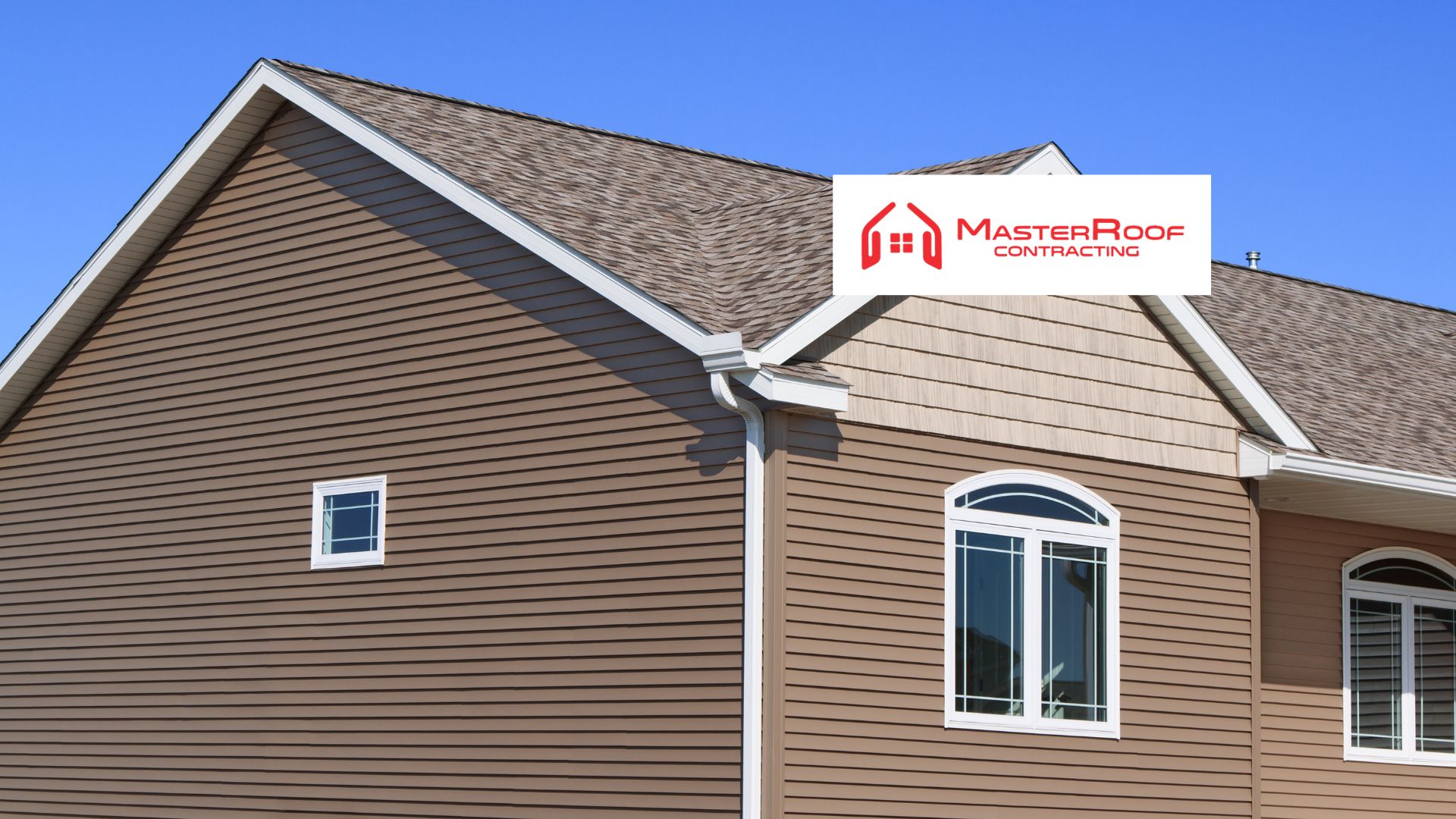Weatherproof Siding: A Comprehensive Guide
Weatherproof siding represents a crucial element in home construction and renovation, offering durable protection against the elements while enhancing aesthetic appeal. This guide delves into the diverse world of weatherproof siding materials, installation techniques, maintenance strategies, and environmental considerations, providing a comprehensive overview for homeowners and professionals alike. We will explore the various types available, from traditional wood to modern composites, examining their pros and cons in terms of cost, longevity, and environmental impact.
Understanding the nuances of weatherproof siding selection and installation is vital for ensuring a long-lasting, visually appealing, and energy-efficient exterior. This guide aims to equip readers with the knowledge necessary to make informed decisions, ultimately contributing to the value and longevity of their property.
Cost Analysis and Budgeting
Choosing weatherproof siding involves a significant financial commitment. Understanding the associated costs and factors influencing them is crucial for effective budgeting and project planning. This section provides a detailed breakdown of expenses, explores cost-influencing factors, compares long-term cost-effectiveness across different siding materials, and presents a sample budget for a typical project.
Cost Breakdown of Weatherproof Siding
The total cost of a weatherproof siding project encompasses material costs, labor costs, and any additional expenses. Material costs vary greatly depending on the type of siding chosen (e.g., vinyl, fiber cement, wood, metal), its quality, and the quantity needed. Labor costs are determined by the project’s complexity, the size of the house, and the prevailing hourly rates for skilled labor in your region. Additional expenses might include permits, demolition of old siding, and waste disposal. A rough estimate places material costs between $3 and $20 per square foot, while labor typically ranges from $2 to $8 per square foot, depending on the complexity and location.
Factors Influencing Overall Cost
Several factors significantly impact the final cost of a weatherproof siding project. The size of the house is a primary determinant, as larger surfaces naturally require more materials and labor. The complexity of the project, including the presence of intricate architectural details or multiple stories, also increases costs. The chosen siding material plays a major role; high-end materials like fiber cement or engineered wood will be considerably more expensive than vinyl siding. The geographic location influences both material and labor costs; areas with higher labor costs will naturally have more expensive projects. Finally, the condition of the existing siding and the need for repairs or additional work, such as insulation upgrades, adds to the overall expenditure.
Long-Term Cost-Effectiveness Comparison
While upfront costs vary considerably among siding materials, long-term cost-effectiveness must also be considered. Vinyl siding, though initially less expensive, may require replacement sooner than more durable options like fiber cement or metal. Fiber cement, while pricier upfront, offers exceptional longevity and resistance to damage, potentially saving on maintenance and replacement costs over its lifespan. Metal siding boasts similar durability and longevity, often requiring minimal maintenance. Wood siding, while aesthetically pleasing, necessitates regular maintenance and painting to prevent deterioration, making its long-term cost potentially higher. Therefore, a thorough cost-benefit analysis, considering both initial investment and long-term maintenance needs, is essential for informed decision-making.
Sample Budget for a Weatherproof Siding Project
The following table provides a sample budget for a medium-sized home (approximately 1500 square feet) with moderately complex features. Remember that these figures are estimates, and your actual costs may vary based on the factors discussed earlier.
| Item | Cost per Square Foot | Total Square Footage | Total Cost |
|---|---|---|---|
| Material (Fiber Cement) | $10 | 1500 | $15,000 |
| Labor | $5 | 1500 | $7,500 |
| Permits | – | – | $500 |
| Waste Disposal | – | – | $200 |
| Total Estimated Cost | – | – | $23,200 |
Common Misconceptions and Myths
Weatherproof siding, while designed for durability and protection, is often subject to misunderstandings. Many believe certain things about its performance and lifespan that simply aren’t true. Understanding these misconceptions is crucial for making informed decisions about your home’s exterior.
Weatherproof Siding is Completely Maintenance-Free
While weatherproof siding requires significantly less maintenance than other materials like wood, it’s not entirely maintenance-free. Regular cleaning, particularly after severe weather events, is necessary to remove dirt, debris, and potential mold growth. Neglecting this can lead to discoloration and reduced lifespan. A simple power washing once or twice a year, depending on your climate and location, is usually sufficient to keep your siding looking its best and performing optimally. Ignoring this basic maintenance can lead to premature degradation of the protective layers and potentially even damage to the underlying structure.
All Weatherproof Sidings are Created Equal
The term “weatherproof siding” encompasses a wide range of materials and manufacturing processes. Vinyl, fiber cement, and engineered wood sidings all fall under this umbrella, but they vary significantly in terms of durability, longevity, and resistance to specific weather conditions. For example, fiber cement siding tends to be more resistant to impact damage than vinyl siding, while vinyl siding may offer a wider range of color options. Choosing the right type of weatherproof siding depends heavily on your climate, budget, and aesthetic preferences. Careful consideration of these factors is essential for ensuring long-term satisfaction.
Weatherproof Siding Never Needs Repair
Although highly durable, weatherproof siding can still be damaged by severe weather events like hailstorms or strong winds. Improper installation can also lead to issues such as cracking or gaps. While major repairs are less frequent than with other siding materials, occasional repairs are still possible. It’s essential to inspect your siding regularly for any signs of damage and address them promptly to prevent further issues. Ignoring minor damage can lead to more extensive and costly repairs down the line.
Weatherproof Siding Increases Home Value Significantly More Than Other Materials
While weatherproof siding is a desirable feature that can enhance a home’s curb appeal and increase its market value, the extent of this increase depends on various factors, including the overall condition of the house, the neighborhood, and the specific type of siding installed. While it’s generally true that high-quality weatherproof siding can command a higher price, it’s not a guaranteed substantial jump in value compared to other attractive options. A thorough market analysis of comparable properties is necessary to determine the actual impact on property value. For example, a high-end fiber cement siding might increase value more than a basic vinyl option in a high-value neighborhood, but less so in a more modest area.
Future Trends in Weatherproof Siding
The weatherproof siding industry is constantly evolving, driven by advancements in material science, manufacturing techniques, and consumer demand for sustainable and aesthetically pleasing exterior solutions. These innovations are shaping the future of home exteriors, offering homeowners enhanced durability, energy efficiency, and design flexibility.
Emerging trends indicate a significant shift towards more sustainable and technologically advanced materials. This includes a growing preference for recycled content and the exploration of bio-based alternatives to traditional materials. Simultaneously, technological advancements are leading to siding with improved insulation properties and self-cleaning capabilities.
Sustainable and Recycled Materials
The increasing awareness of environmental concerns is fueling the demand for eco-friendly siding options. Manufacturers are responding by incorporating recycled materials into their products, such as recycled plastic or reclaimed wood fibers. This not only reduces the environmental impact of production but also contributes to a circular economy. For example, some companies are using recycled plastic bottles to create durable and weather-resistant siding panels, demonstrating a viable path towards sustainable building practices. Further research into bio-based polymers derived from renewable resources is also underway, promising a future where siding is both durable and environmentally responsible.
Advanced Insulation Properties
Energy efficiency is becoming a key consideration for homeowners, leading to a focus on siding with enhanced insulation properties. This includes the development of siding materials with higher R-values, indicating better resistance to heat transfer. Innovative designs incorporate insulation layers within the siding panels themselves, minimizing thermal bridging and maximizing energy savings. One example is the use of foam-cored siding, which offers superior insulation compared to traditional materials, resulting in lower energy bills and a smaller carbon footprint. The integration of smart technologies, such as sensors and automated climate control systems, further enhances the energy performance of these advanced siding systems.
Self-Cleaning and Maintenance-Free Siding
The demand for low-maintenance exterior solutions is driving the development of self-cleaning siding. This technology utilizes materials with hydrophobic properties, repelling water and dirt, minimizing the need for frequent cleaning. Some manufacturers are incorporating nano-coatings that enhance the self-cleaning effect, reducing the buildup of grime and algae. These advancements translate to reduced maintenance costs and increased longevity of the siding, appealing to busy homeowners who prioritize convenience and long-term value. For instance, some new products are designed to shed water and dirt so efficiently that they require minimal cleaning, potentially only needing a rinse with water once or twice a year.
Enhanced Durability and Longevity
Advances in material science are leading to siding with exceptional durability and resistance to extreme weather conditions. This includes the development of composite materials that combine the strength of traditional materials with improved resistance to impact, UV degradation, and moisture damage. These enhanced properties translate to longer lifespans and reduced replacement costs, making them a cost-effective choice in the long run. Companies are continuously testing and refining their formulas to ensure their products can withstand harsh weather conditions, including high winds, heavy snow, and intense sunlight, without significant degradation. This translates to a significant reduction in maintenance and replacement costs over the siding’s lifetime.
Smart Siding and Integrated Technology
The integration of smart technology into siding is a growing trend. This includes the incorporation of sensors that monitor environmental conditions, such as temperature and humidity, and communicate this data to a home automation system. This allows for proactive maintenance and energy management, optimizing the performance of the building envelope. Furthermore, some manufacturers are exploring the possibility of integrating solar panels directly into the siding, generating renewable energy for the home. This development has the potential to significantly reduce reliance on the grid and lower energy costs. While still in its early stages, the integration of solar panels into siding is showing great promise as a viable solution for sustainable home energy production.
Closing Summary
Choosing the right weatherproof siding involves careful consideration of numerous factors, from material properties and aesthetic preferences to budgetary constraints and environmental impact. By understanding the options available, their associated costs and maintenance requirements, and the long-term benefits they offer, homeowners can make informed decisions that enhance both the beauty and resilience of their homes. Ultimately, the selection of weatherproof siding is an investment in the longevity and value of a property, demanding careful planning and execution.
